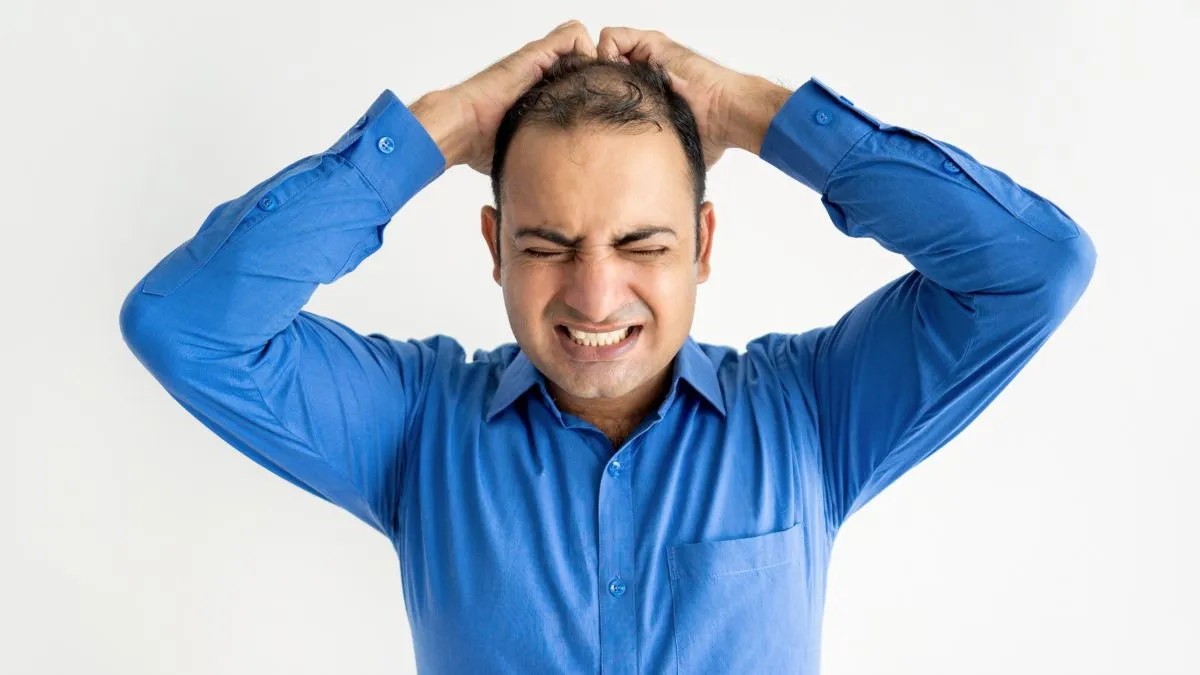
Hair loss is often dismissed as a cosmetic issue, but for many, it is a distressing condition that can erode self-confidence and affect quality of life. While hereditary factors, hormonal shifts, and lifestyle choices are usually blamed, there is another, often-overlooked culprit: vitamin D deficiency. Alarming data show that nearly three out of four Indians have insufficient vitamin D levels. This widespread deficiency, fueled by modern living habits, not only weakens bones and immunity but may also play a crucial role in the onset and progression of alopecia.
Table of Content:-
The Role of Vitamin D in Hair Health
According to Dr Rinky Kapoor, Celebrity Dermatologist, Co-Founder and Director, The Esthetic Clinics, “Vitamin D functions both as a vitamin and a hormone, exerting a wide range of effects on the body. In dermatology, it is recognised for its anti-inflammatory and immunomodulatory properties, as well as its role in regulating keratinocyte growth and differentiation, processes central to skin and hair health. Within the hair follicle, vitamin D receptors play a crucial role in driving growth cycles and renewal. When levels fall short, these pathways are disrupted, leading to thinning and impaired regrowth.
Evidence Linking Vitamin D Deficiency to Alopecia
Research increasingly points to an association between low vitamin D levels and various forms of hair loss. Studies have documented an inverse relationship between serum vitamin D levels and non-scarring alopecias such as:
- Androgenetic alopecia (male and female pattern baldness)
- Alopecia areata (autoimmune patchy hair loss)
- Telogen effluvium (diffuse shedding after stress, illness, or childbirth)
“Vitamin D deficiency has also been observed in certain scarring alopecias. While clinical trials proving direct benefits of supplementation are still limited, the biological plausibility and mounting case evidence highlight vitamin D as an important factor in the hair loss puzzle,” shares Dr Kapoor.
For example, published case reports reveal that significant regrowth has occurred after correcting severe vitamin D deficiencies, even in the absence of conventional treatments like minoxidil or finasteride. These observations suggest that addressing deficiency can be a meaningful first step in managing alopecia.
Also Read: Can You Regrow Hair From Traction Alopecia?
Why Vitamin D Deficiency is Common
Despite abundant sunshine in India, vitamin D deficiency is widespread. Limited outdoor exposure, excessive sunscreen use, darker skin pigmentation, poor dietary intake, ageing, and chronic illnesses such as kidney or gastrointestinal disorders all contribute to low levels. Symptoms are often non-specific, including fatigue, muscle weakness, brittle nails, but hair thinning can be an early sign.
Correcting the Deficiency
As per Dr Kapoor, “Fortunately, the solution is straightforward. A combination of moderate sun exposure, dietary sources such as fish, eggs, and fortified foods, and targeted supplementation under medical guidance can restore healthy vitamin D levels. Adults generally require about 600 IU daily, but therapeutic doses may be higher depending on deficiency status. Regular monitoring is essential to ensure effectiveness and avoid complications like hypervitaminosis D.”
Also Read: Can Vitamin D Deficiency Cause Depression?
Addressing vitamin D deficiency is often the first step in managing hair loss. However, precision in diagnosis is equally important, as the choice of treatment depends on the stage and type of alopecia.
Advanced options such as platelet-rich plasma (PRP) therapy, low-level laser therapy, QR678® (a scientifically developed formulation that stimulates dormant follicles), or conventional therapies like minoxidil show the best results when hair follicles are still viable and have not undergone irreversible miniaturisation .
Conclusion
While vitamin D deficiency may not be the sole cause of alopecia, it is a modifiable risk factor with broad implications for overall health. In individuals presenting with unexplained hair loss, assessing and correcting vitamin D levels can form a valuable part of comprehensive care. Early intervention not only supports hair follicle function but also contributes to long-term wellness.
Also watch this video
FAQ
What causes low vitamin D?
The most common cause of low vitamin D is a lack of sun exposure. Additionally, inadequate consumption of vitamin D from diet is another causing factor.How to get vitamin D from diet?
The best food sources of vitamin D are egg yolks, mushrooms, fatty fish like salmon and tuna, plant-based milks, orange juice and cheese.What are the causes of alopecia?
Alopecia or hair loss can be caused due to various reasons, including genetics, hormonal imbalance, autoimmune disorders, nutritional deficiencies and certain medical conditions & treatments.
How we keep this article up to date:
We work with experts and keep a close eye on the latest in health and wellness. Whenever there is a new research or helpful information, we update our articles with accurate and useful advice.
Current Version
Oct 05, 2025 21:10 IST
Published By : Chanchal Sengar